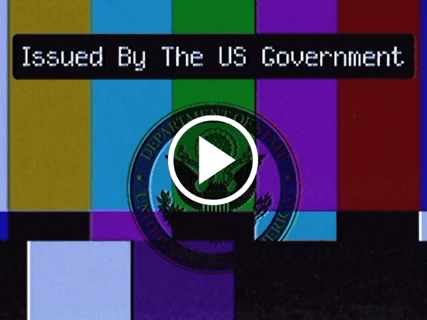It’s happening right before our very eyes, and yet, the mainstream media remains eerily silent about it. The titanic tectonic shifts in global economic dynamics are playing out, as BRICS countries – a powerhouse alliance of Brazil, Russia, India, China, and South Africa – pivot away from US government bonds.
For those who have been keeping a keen eye on the financial realm, this revelation isn’t a surprise. There’s an undercurrent, a silent movement that the BRICS nations have been spearheading, and the world needs to sit up and take notice.
India, in a bold and unexpected move, has bucked the trend by significantly increasing its investment in US school bonds. Why, one might ask? Especially when their BRICS counterparts are heading in the opposite direction. The US Treasury’s data paints a clear picture: New Delhi’s holdings skyrocketed from $221.2 billion to $232.5 billion between August 2022 and August 2023. That’s an impressive 5% jump within a year.
Now, take a deep breath and let this sink in: Only a decade ago, India’s holdings in US debt securities were a mere $56 billion. That’s a staggering quadruple growth in a little over a decade!
Must see! – Resisting BRICS’ Global Grip: The GESARA Teachings America Needs Now!

But while India has been on a buying spree, the story isn’t the same across the BRICS bloc.
China, historically a major US debt holder, made the jaw-dropping move of disposing of $133.2 billion in US securities in just one year. The dragon’s fire seems to be cooling off on the US dollar, with their holdings shrinking from a mammoth $1.6 trillion in 2013 to just over half of that amount now.
Russia’s strategy is even more aggressive. The bear has virtually divested all significant claims against the US. In a matter of mere months between March and May 2018, they reduced their shares by an eye-watering 84%. The only remnants of Russian interest lie with private individuals holding a meager $33 million.
Brazil’s shift has been more subtle, yet the downtrend is undeniable. Their holdings have seen a gradual decline since the end of 2019, dropping from around $321 billion to a somber $214 billion by the end of 2022. South Africa, on the other hand, has been steadily selling off, dropping from $21 billion to around $15 billion between 2020 and 2022.

The Gold Switzerland portal recently unveiled a shocking statistic: The BRICS alliance now only represents 4.1% of American government bonds circulating globally. Rewind to January 2012, and that figure stood at a robust 10.4%. That’s a precipitous drop of over 60%!
And if you thought this was a localized trend, you’re in for a rude awakening. The rest of the world has also been reducing its exposure to the US bond market, albeit at a slower pace.
One can only wonder about the reasons behind this dramatic shift. Yes, geopolitical considerations play a role. Economic factors too are undoubtedly at play. Could the Chinese central bank’s selling of US bonds be a strategy to buttress the renminbi against the dollar?
But look deeper, and a larger narrative emerges. BRICS nations seem to be heralding a new age, one that envisions a multipolar world order. Their combined aspirations and efforts are steering the world away from a dollar-dominated investment paradigm.
In this rapidly evolving landscape, only time will reveal the full implications of these economic maneuvers. But one thing is crystal clear: The BRICS nations are carving a new path. And the world? Well, it better be prepared for the aftershocks.






